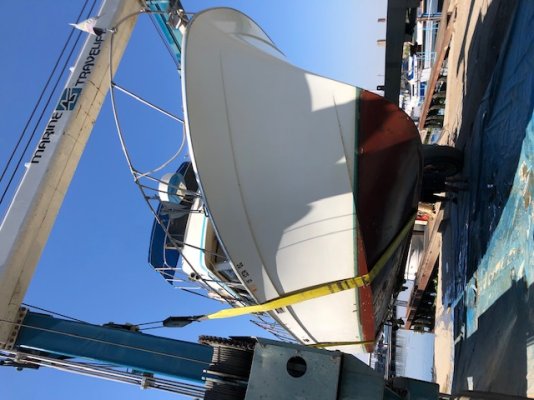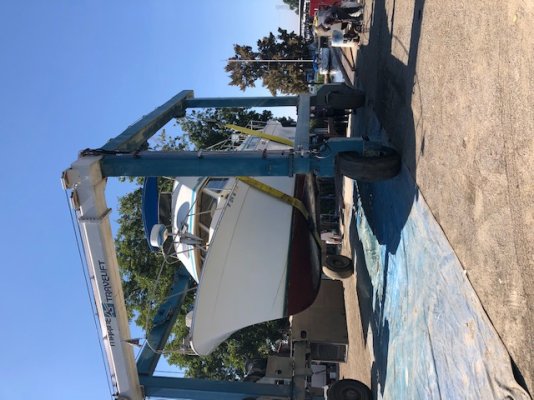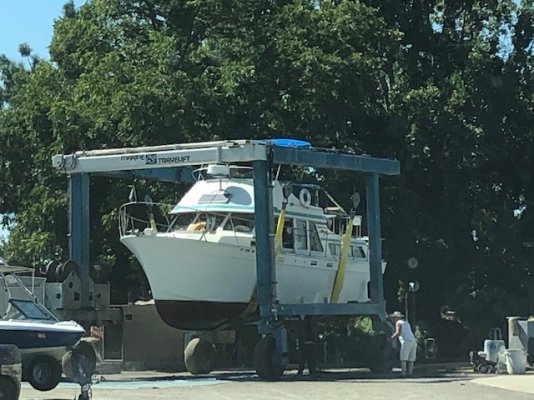Next Tuesday [9/14/21] Our boat gets hauled for [red] bottom paint, new [blue] boot stripe... etc.
1. What's your preferred bottom paint brand?
2. Do you recommend ablative bottom paint or hard bottom paint?
We currently dock in SF Delta's freshwater; done so for 12 years. There is chance we may be moving back into SF Bay saltwater.
I appreciate your input!
Thanks!!
Art
1. What's your preferred bottom paint brand?
2. Do you recommend ablative bottom paint or hard bottom paint?
We currently dock in SF Delta's freshwater; done so for 12 years. There is chance we may be moving back into SF Bay saltwater.
I appreciate your input!

Thanks!!
Art




